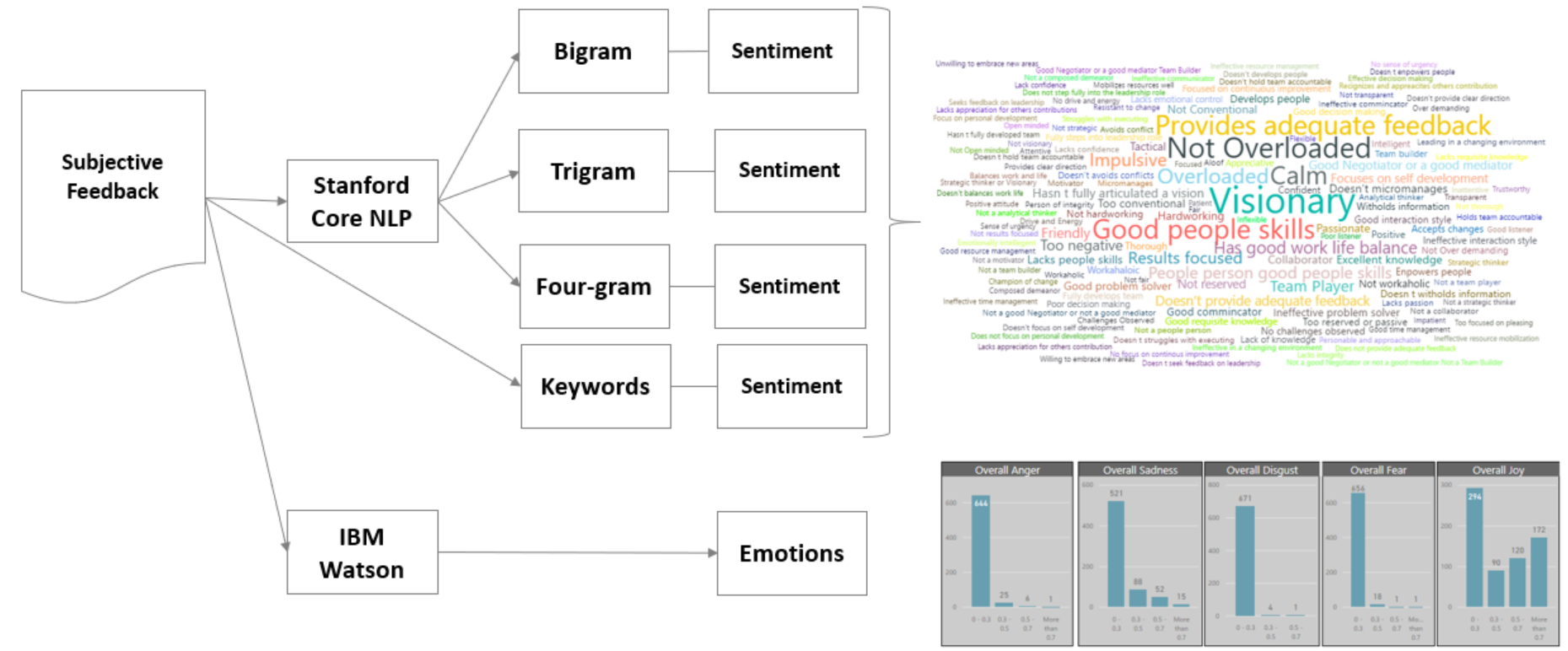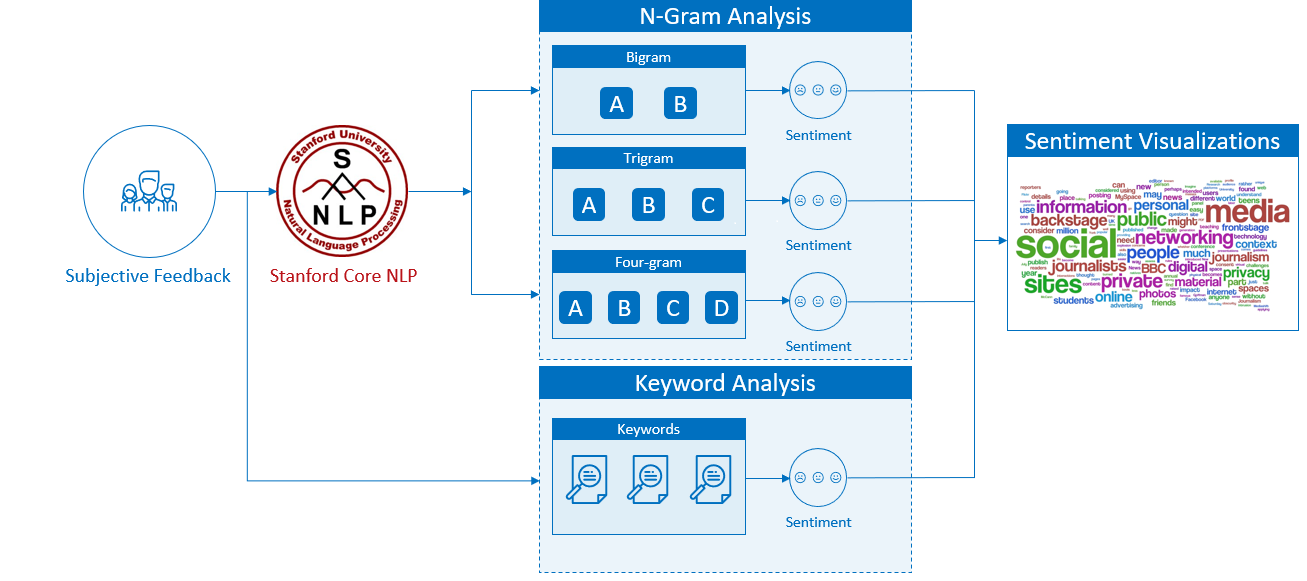Business Case:
Our client hosts a large annual conference of 20,000 technical decision makers, IT professionals, and software developers from around the world. The conference includes over 700 sessions across multiple days that range from product demos to insights from industry leaders. Selected sessions from the annual event are repeated in smaller events in cities around the world.
Each conference event generates a lot of feedback from attendees. The conference organizers analyze the feedback to determine whether each day was a success. MAQ Software worked with the conference organizers to analyze the attendee feedback from each event to better understand which sessions were most effective.
To track sales and promotions, our client relied on multiple data sources stored on various platforms, which was cumbersome and time-consuming. Using Azure Services and Power BI, MAQ Software built a real-time promotion tracking solution for the retail store managers and marketing managers.
Key Challenges:
- Create an executive summary detailing the overall sentiment of the participants on a given day.
- Identify meaningful phrases (keywords) from the comments that summarize the feedback from the participants.
Solution:
MAQ Software used N-gram analysis and IBM Watson’s Natural Language Understanding API to generate a Power BI report that organized the most common sentiments expressed by conference attendees. We created a utility that takes a CSV file of subjective feedback as input and provides analysis as the output.
Figure 1: An approach describing subjective feedback
Key Highlights:
- Visualize the N-grams in the form of a Word Cloud.
- View the overall sentiment of the feedback.
- View the emotions expressed by attendees.
- Filter and view the actual feedback by clicking on keywords.
MAQ Software used the N-gram analysis technique to derive the summary of the subjective feedback. N-gram is a probabilistic language model for predicting the next item in a sequence of words. Bigrams and Trigrams (tuples of two words and three words, respectively) were used to get the complete context of the sentence while analyzing the sentiments of the feedback.
We used the Stanford Core NLP algorithm to derive the “true sentiment” of the feedback and sort it into five categories: Very Positive, Positive, Neutral, Negative, and Very Negative.
Figure 2: Detailed analysis of subjective feedback using Stanford Core NLP
We also used IBM Watson’s Natural Language Understanding API to derive the overall emotion of the feedback. The overall emotion was categorized into Anger, Sadness, Disgust, Fear, and Joy.
Figure 3: Power BI report showing in-depth analysis
Business Outcome:
The sentiment analysis system provided the conference organizers with useful insights about attendee feedback. Using sentiment analysis, the organizers no longer had to spend hours, if not days, sifting through the attendee comments to try to find insights.
Outcome Highlights:
- Saved time by not having to analyze attendee feedback manually.
- Improved the quality of conference sessions by focusing on the sessions with the best attendee sentiment.
- Saved time by generating a Power BI report that allowed organizers to observe attendee sentiment throughout the event.



